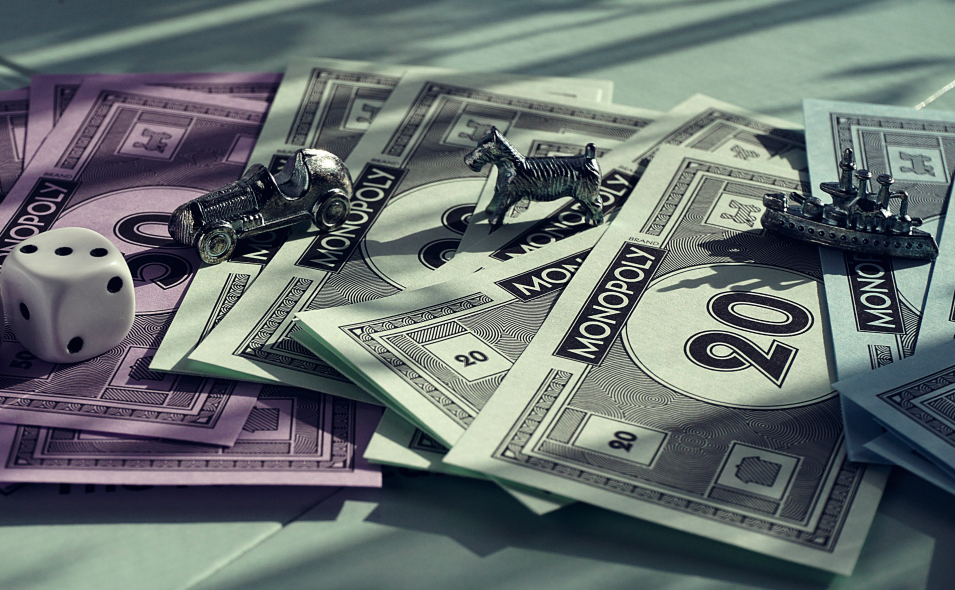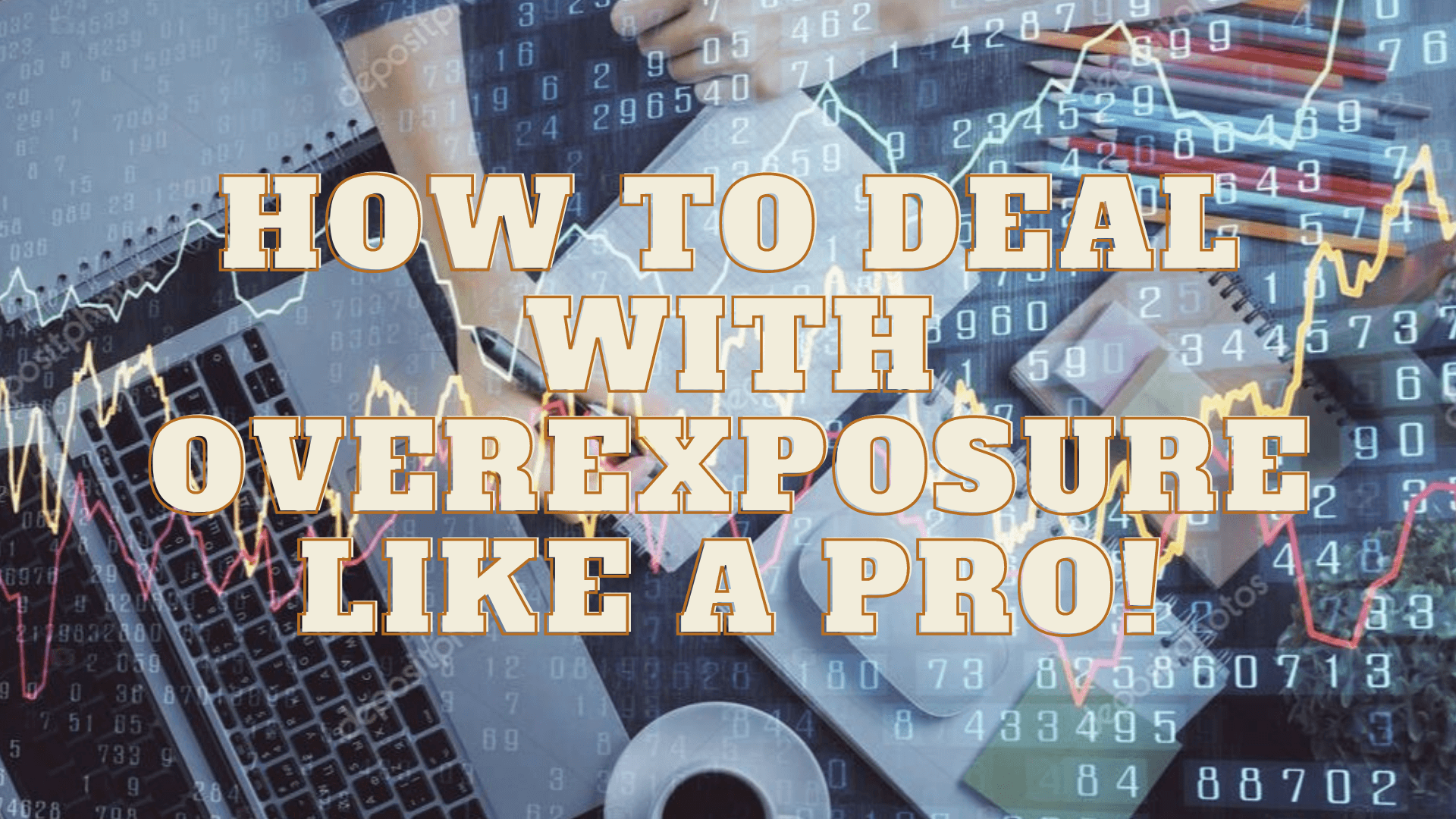Risk, something that you are either afraid of or something that you love, whichever one is you, controlling it is vital if you want to become a successful trader. When you first started you probably created something along the lines of a risk management plan, this will tell you what you should be trading with each trade, what your stop losses should be and all sorts of other important information, its purpose is to protect your account from losses so that you are able to survive a number of losses before losing your account.
The thing is though, a lot of people make one, but make a small one, one with not a lot of information in it, or they simply decide to just ignore the rules that they have worked out. Whichever way they do it, they are avoiding the controlling of their risk, and eventually, this will lead to disaster and the possibility of a completely blown account. When the risk involved starts to rise, we often end up doing things that we would;t ordinarily do, such as closing out trades early, closing out for losses, or simply coding everything through a panic. We will promise to learn from these mistakes, but as soon as we get into a similar situation, we will normally do the exact same thing, not learning from the past, simply because we are not using proper risk management.
The issues start to arise when the risks that you are taking are larger than your risk tolerance levels allow, some of us love the risk others hate it. A lot of traders, especially newer ones will spend all of their time looking and working out when to enter a trade, but they often don’t put a lot of thought into when they will get out, this is where risk management needs to come into play. It is all about working out when you need to get out of your trades, both in winning and losing positions, but of course, being able to limit your losses when your trades are going the wrong way is vital and one of the most important aspects of your trading. So while it is important to know when to get into trades, you need to also work out when you will get out, prior to actually getting into it.
You need to work out where your risk tolerance lies and then adjust your risk management to suit it, the last thing that you want is to be a nervous wreck every time that you put on a trade. It is the same the other way around too though, you want to have some form of caring with each trade, if you do not care about the risk then you will be making silly trades, making trades you probably shouldn’t a risking far too much with each trade, simply because you do not care about the consequences. So it is a bit of a balancing act, but we are now going to look at some of the things that you can do to help manage your risk.
Trade Sizes
Trading with a large trade size can mean that you can make a lot more profit on each trade, on the flip side, you can also make much larger losses, the volatility will go through the roof the larger the trade size you use. So while it can be exciting, especially for those with good risk tolerance, it can be a nightmare for those without, and potentially a disaster for your account. You need to bring your trade sizes more in line with your account balance. Many people decide to risk between 1% or 2% per trade, this gives you a lot of leeway for losses, a loss will only cause you to lose up to 2% of your account and so when you do lose, it is limited and sustainable. If you aren’t able to work out what your trade size should be then it would be best to start small and then work your way up until you reach the appropriate level.
Holding Trades
For many there is only short-term trading, something only becomes long-term trading when one of the short-term trades stays in the red, people just don’t want to close out trades when they are in the red and this is an extremely risky move to make. The longer that you hold onto a trade, especially when it is in the red, the more volatility it is exposed to, this volatility is what is dangerous to your trade and can continue to take it in the wrong direction. You need to be able to limit how long to hold onto trades. If your average trade length is 10 hours, then why would you suddenly hold on to one for 7 days? You shouldn’t and so you need to set a limit to your trade times, try to keep them relatively the same, there is no harm going a little over now and then, but do not suddenly start holding on to them for 10 times your normal length.
Stop Losses
Stop losses! Use them! That is about all we need to say. Stop losses can save an account, they are that important, if you aren’t quite sure what they are yet, they are a limit that you put on each trade, a certain level, when the markets reach that level the trade will automatically close. If you are trading a strategy that requires longer-term trades then you won’t want to be in the position where you need to sit in front of the computer for the next 12+ hours, so instead, in order to protect your account you will put on a stop loss to ensure that you only risk the amount that you are willing to risk. This is a fantastic way of protecting your account and something that you should certainly use.
To go along with the stop losses and take profits, these work in exactly the same way but instead of closing out losing trades, they will close out trades that are positive. This is a way of ensuring that you take the expected or wanted profits, often when a trade goes positive it will eventually return back to a negative figure, this is a way of ensuring that you take the profits even when you are not at your trading terminal.
Risk to Reward Ratio
Your risk to reward ratio details how much you should be winning and how much you should be losing on each trade, this also dictates where you put your stop loss and take profit levels that we mentioned up above. It is important that you understand how this works, it can make or break a strategy as having a bad risk to reward ratio can make your strategy unprofitable. If you are trading at a 1:1 ratio then it can be quite hard to be profitable, you will need more winning trades than losing to be profitable, something far easier said than done. Instead aim to have a reward ratio of at least 2:1, some go as high as 10:1, which would mean that you would only need one trade to be profitable out of every 10 in order to be in profit. Work out what works well for your own risk tolerance as well as your strategy.
Those are a few of the things that you can do to help control your risk when trading, there are of course far more things that you can do, these are just some of the basics. What is important for you to take away is that you need to manage your risk, without doing so you will end up losing a lot more than you expected, so get on top of it and you will be in a good position for being a profitable trader.


